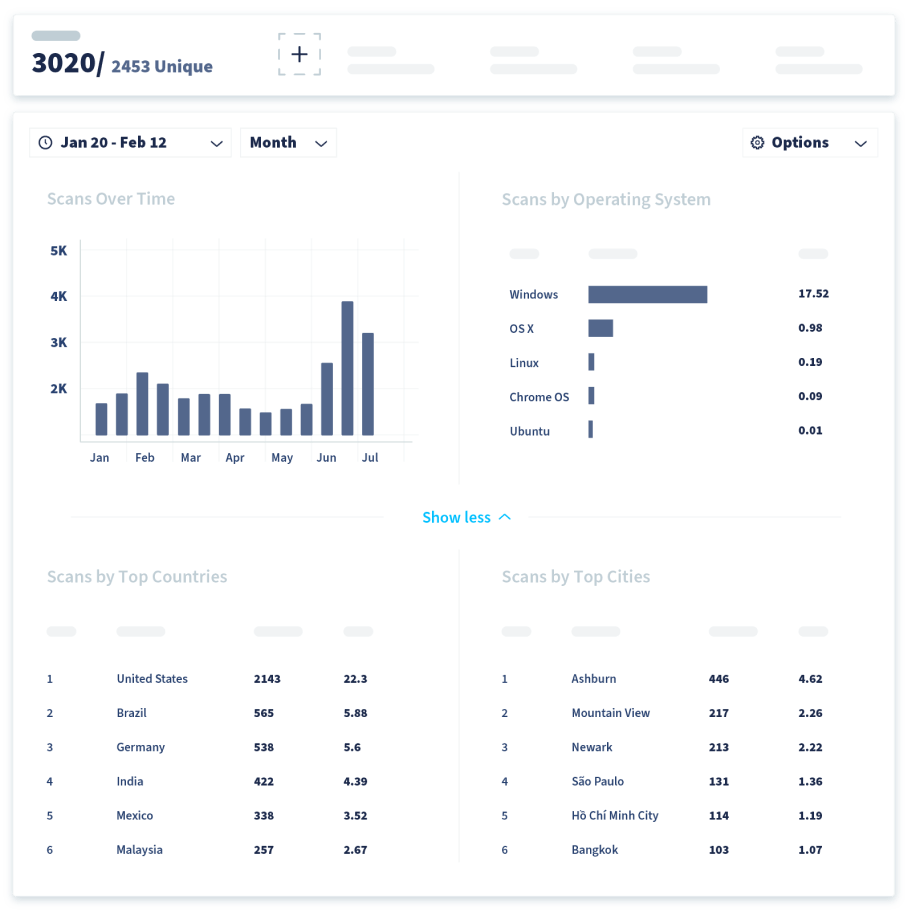
Collecting, aggregating, and calculating metrics helps you better understand the impact your marketing efforts have on your business profits and your brand reach.
Digital marketing already allows for consumer data gathering, which is why the QR Code’s tracking feature is invaluable in improving your traditional marketing. Each time a Code is scanned, it recognizes when, where, and with what device it took place. This detailed information, organized into comprehensive data tables, will help you measure your advertising success, so you can make any necessary adjustments during an ongoing campaign.
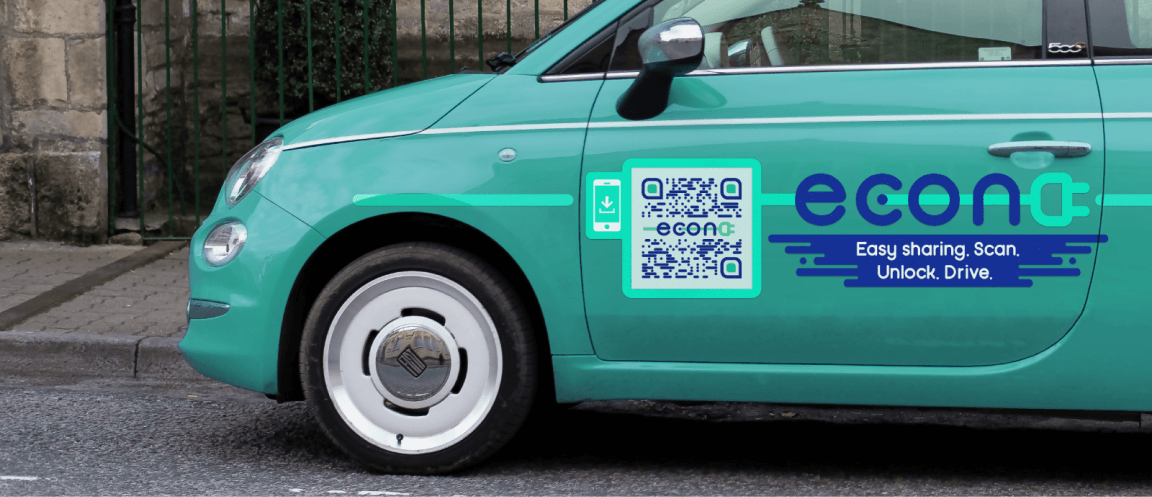
With an entire library of QR Code types to choose from, you can enrich your print and digital media creatively and engagingly. Make it easier for people to download your apps with an App QR Code or access large documents by turning them from PDF to QR Code, or simply get more information about your products through an interactive playlist of videos. This means offering audiences an endless fountain of information without adding cumbersome text to your marketing materials or dipping into your budget because of increased printing costs.
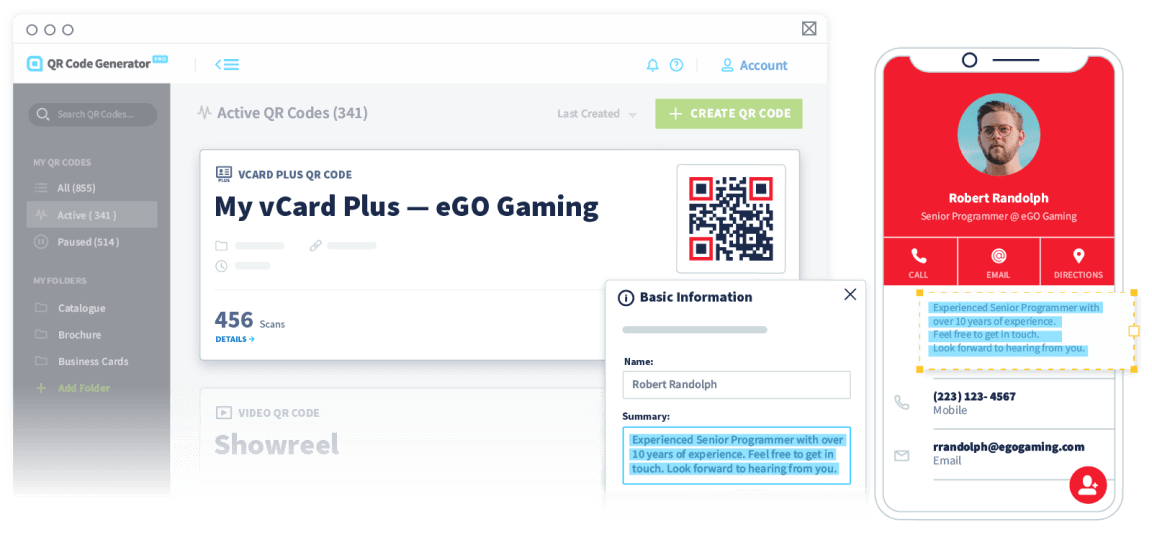
Bloopers and typos happen all the time. So it’s important to make sure you select marketing tools that give you the flexibility to mend those errors efficiently at any time. That’s one of the advantages of the Dynamic QR Code. Even after you have generated, printed, and launched your campaign, you can still edit the information, change the QR Code solution, and upload new pictures and videos whenever you need to. No need for recalls, no need for reprints.
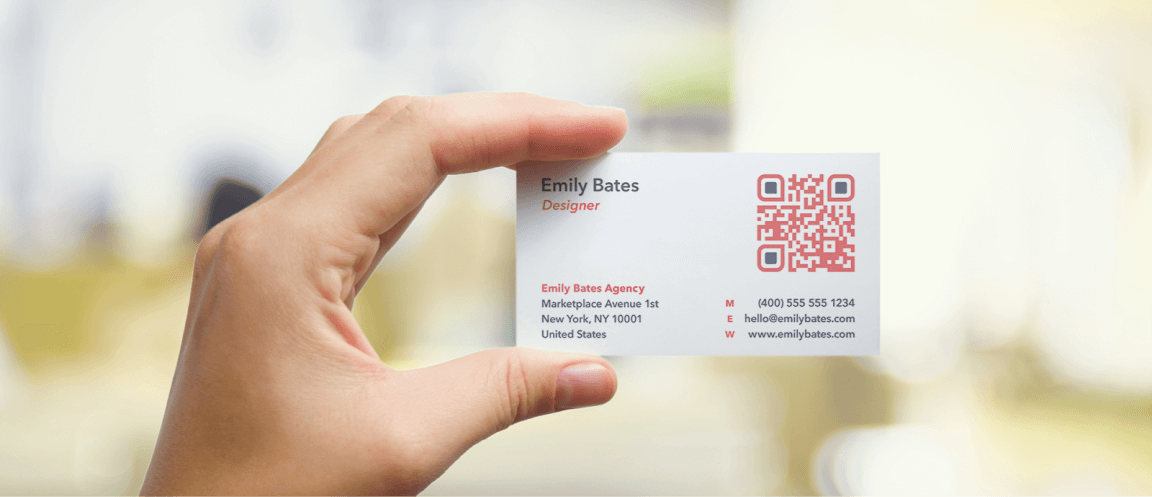
The QR Code has shed its monochromatic persona. More design options for both the printed Code and the mobile-friendly landing page means you can match the colors, shapes, logos, and call-to-action (CTA) to your existing brand image. One of the benefits of using QR Codes is the freedom to customize them, so you never have to compromise on creativity when incorporating them into your design.
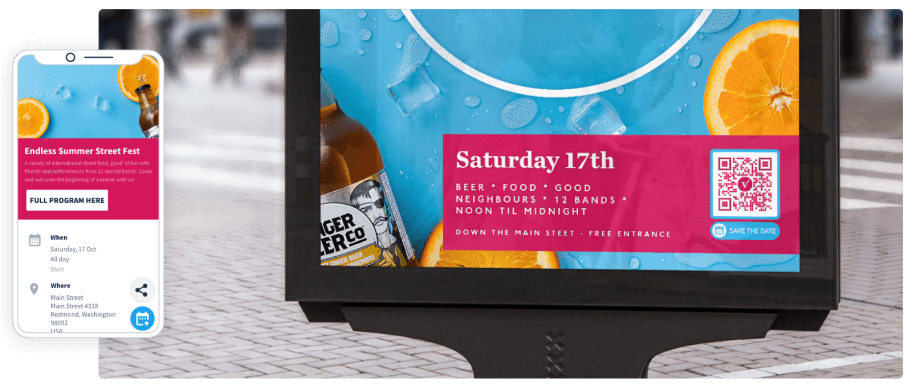
In contrast to conventional linear barcodes, which require specific scanners to read them vertically, QR Codes have a square design that enables them to be scanned both horizontally and vertically, making them compatible with smartphones. In fact, most phones can read a QR Code, with older models requiring a separate app, while newer ones have built-in QR Code readers in their cameras. With this sophisticated functionality, users can effortlessly access an array of mobile experiences by simply scanning a QR Code.
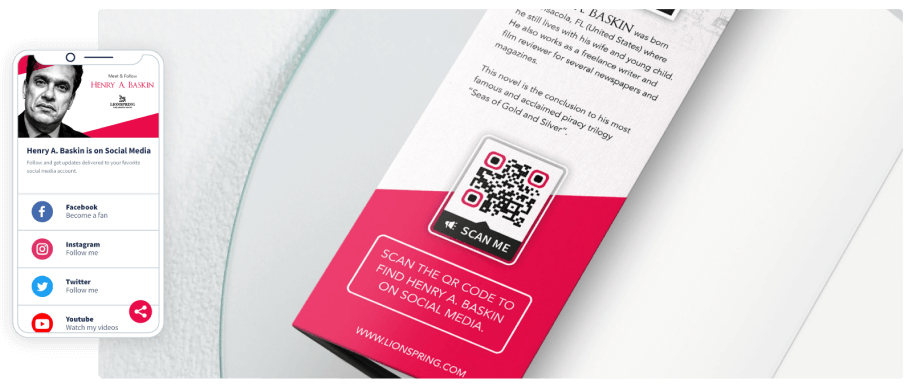
When talking about QR Code benefits, it’s impossible not to mention how interactive they are. Seeing an ad on a billboard is one thing, but actively engaging with it on the spot is a whole new level. QR Codes inspire action! What used to be a static ad turns into a memorable user experience. When users scan the QR Code, they can be instantly transported to a social media page, an online shop, or a competition link, allowing them to respond and interact rather than just passively disengage. Try the Social Media QR Code to link all of your socials or the Dynamic URL QR Code to connect your users to a link of your choice.
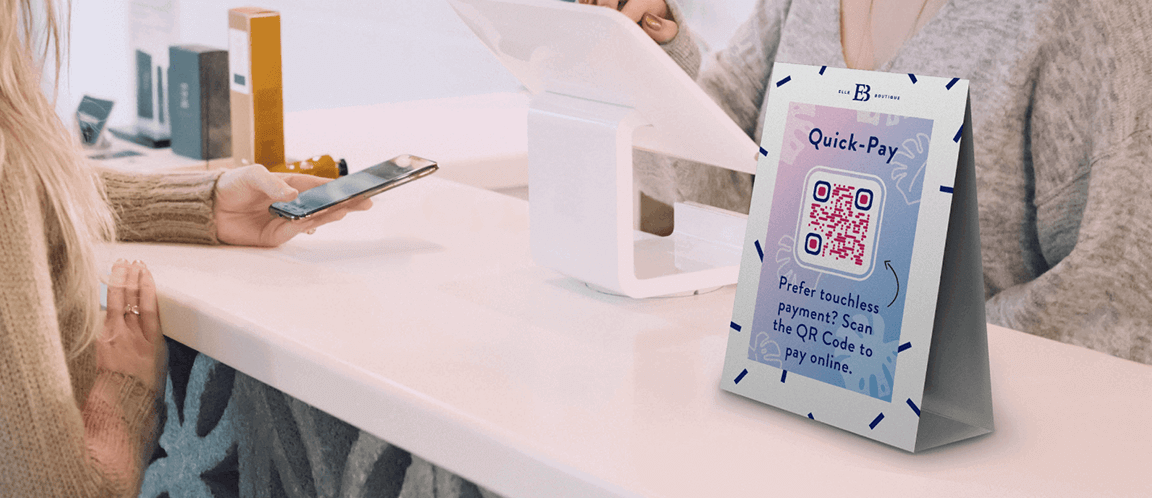
The growing prevalence of smartphone usage and the popularity of digital wallets like Google Pay and Apple Pay have led to an increased demand for contactless payment options. QR Codes have emerged as a simple and convenient solution for making payments without any hassle. By digitizing payments through QR Codes, customers can enjoy enhanced security since their data is not exposed at the point of purchase (POP). We acknowledge that QR Code safety is a valid concern for users, which is why we have addressed this topic in detail on our blog!
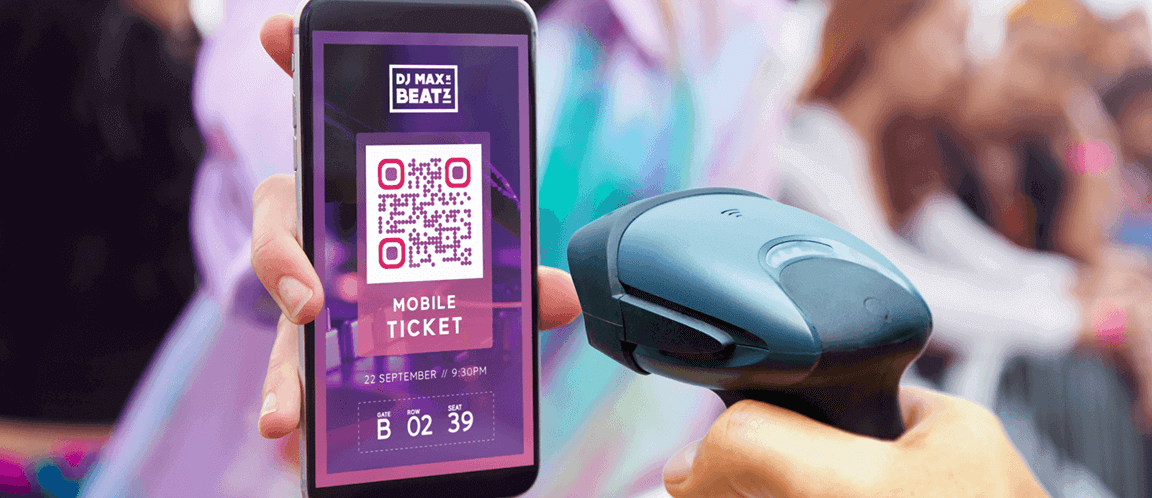
Many companies embraced QR Codes as a solution for facilitating touch-free interactions in the pandemic era. They made various transitions, like replacing traditional paper menus with QR Code menus and enabling smartphone-based payments via scanning. Beyond that, industries such as event management, transportation, and hospitality also gleaned the advantages of using QR Codes.
For example, in the airline industry, passengers can conveniently check in for flights by using a QR Code ticket as their boarding pass. Similarly, in the event industry, organizers can save time by getting their guests to present their QR Codes at the entry, allowing for smoother and faster admission, while reducing waiting in queues.
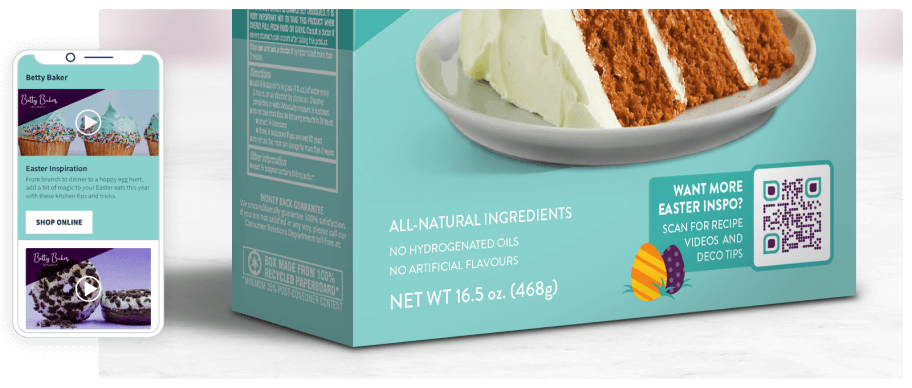
QR Codes serve as a seamless pathway between offline and online experiences. With QR Codes, users can access websites, social media pages, videos, and other content without manually typing in web addresses, usernames, or links. This ease of access makes QR Codes an excellent tool for launching omnichannel experiences.
For instance, retailers can leverage QR Codes to set up points within their stores where customers can instantly visit their website, explore product information, and even redeem discounts—all with a simple scan. This integration enhances the overall customer experience and potentially promotes customer loyalty. If you want to up your retail game for your customers, learn what a shop QR Code can do for your business.
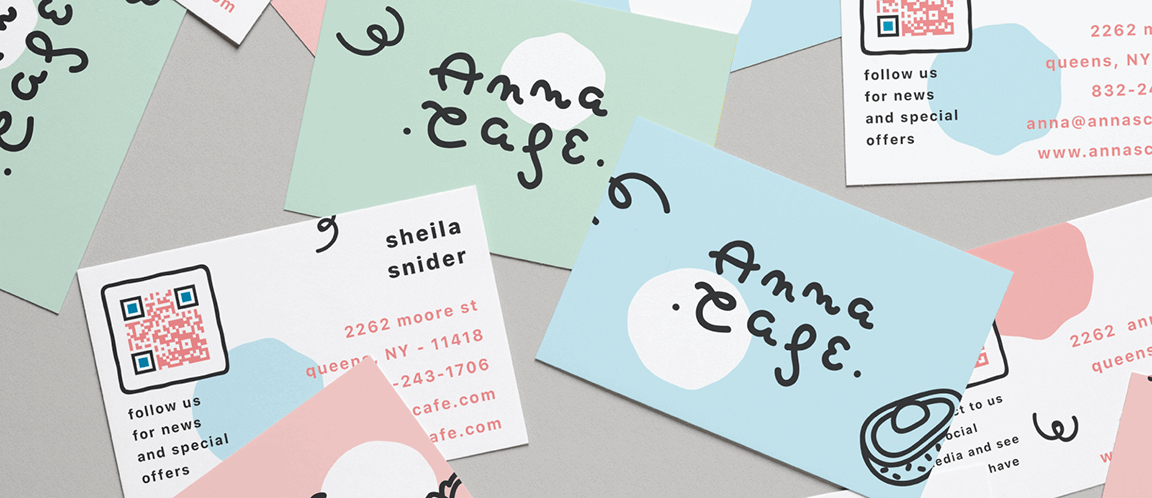
Marketing and advertising, whether digital or print, can be pricy. But that’s why QR Codes are an appealing alternative to traditional forms of marketing and advertising. Instead of investing exorbitant amounts of money into costly campaigns, you can reduce costs by blending print and digital media in a frictionless fashion—even on a budget. For instance, you could print a TikTok QR Code on your product packaging directing customers to captivating content on the platform, or use our video to QR Code solution that leads visitors to a YouTube video about your brand.

